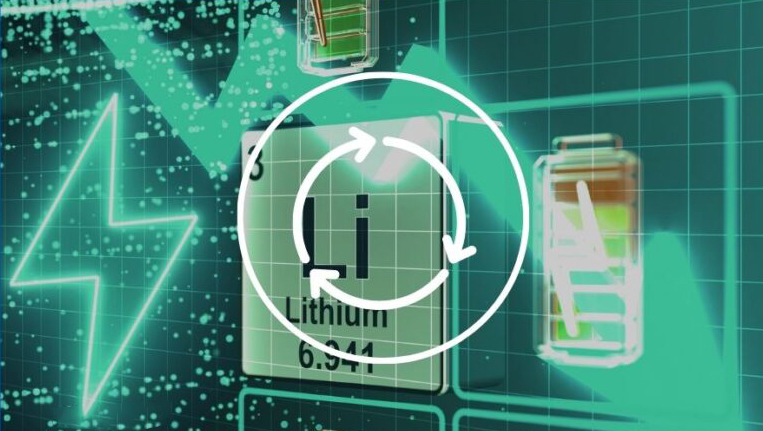The cycle life of lithium-ion batteries, or how many times they can be charged and discharged before significant degradation, is a key consideration in many industries. Depth of Discharge (DoD) is one of the main factors that influences cycle life. In this article, we’ll discuss the relationship between DoD and cycle life, and how different applications can benefit from managing DoD effectively.
Cycle Life vs. Depth of Discharge
Lithium-ion batteries are rated for a certain number of charge cycles, typically under specific DoD conditions. For instance, a battery may be rated for 500 cycles at 100% DoD but 1500 cycles at 50% DoD. The deeper the discharge, the more wear is placed on the battery’s internal components, such as the cathode and anode materials. Shallower discharges result in less stress, allowing for more charge cycles before significant degradation occurs.
DoD in Industrial Applications
In industrial applications, such as energy storage for grid systems or backup power, DoD management is crucial for reducing operational costs. Batteries with lower DoD can perform for several years without significant capacity loss, leading to fewer replacements and maintenance needs. Many large-scale systems are designed to optimize DoD to balance performance, energy storage, and longevity.
Advances in Battery Technology for Better DoD Management
Recent advancements in lithium-ion battery technology have focused on improving the durability of batteries at higher DoD levels. Innovations in electrolyte formulations and electrode materials are helping reduce the impact of deep discharges on cycle life, allowing for greater flexibility in DoD without sacrificing battery longevity. Nonetheless, proper management of DoD remains a best practice for maintaining battery health.
Depth of Discharge is a crucial factor in lithium-ion battery performance and lifespan. Whether in consumer electronics, electric vehicles, or industrial storage, managing DoD can help extend cycle life, improve performance, and reduce costs. Proper DoD management should be a key consideration for anyone utilizing lithium batteries in any application.


